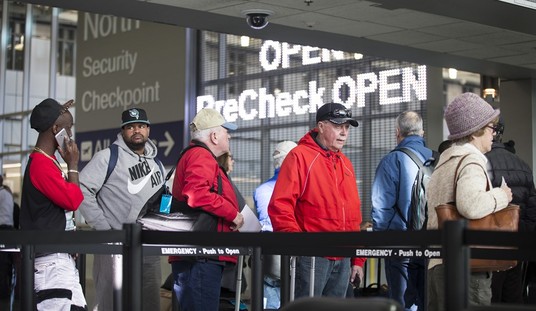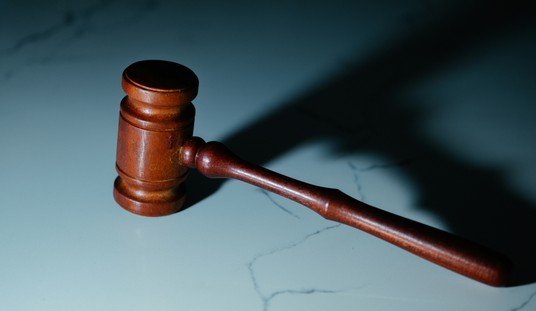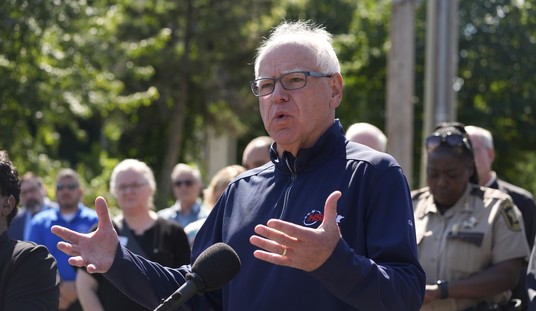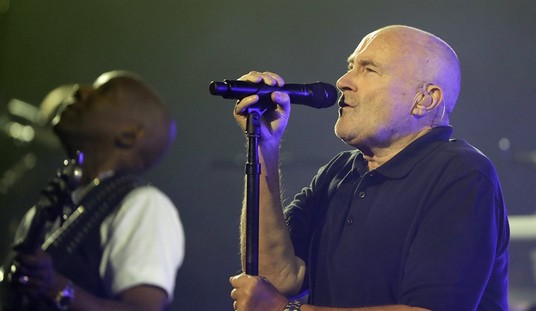This is supposedly Bernie Sanders’ problem, in a nutshell:
The problem for Sanders is a demographic one. In the South, where a number of states hold primaries in February and the first half of March, Clinton still has a lock on nonwhite Democrats.
[snip]
On March 1, primary voters in Alabama, Arkansas, Georgia, Oklahoma, Tennessee, Texas and Virginia — all states where Clinton is expected to come out ahead — will go to the polls. Voters in Colorado, Massachusetts, Minnesota and Sanders’ home state of Vermont will as well, and though Sanders has a chance of winning any of those states, their delegate counts pale in comparison to those in a larger state like Texas.
Now, when I say ‘supposedly’ I do not mean that I disagree with Samantha Lachmann (the author of this piece) that Hillary Clinton has an advantage over Bernie Sanders when it comes to minority Democrats. All the indications are that she does. What I am curious about is whether it’s going to be as big a deal in 2016 as it was in 2008.
Back in 2008 Nate Silver did a review of Democratic primary exit polling, looking specifically at young, black, and Hispanic voters. He determined that an average of over 52% more young voters voted in 2008 when compared to 2004; almost 8% more black voters; and just under 42% more Hispanic voters. Which is almost certainly going to be significant… but exactly how? As I see it, there are three questions that naturally arise from this data:
- Will the African-American vote in 2016 revert to 2008/2012 levels, or to 2004 levels? Here’s a dirty little secret of American politics: we don’t actually know. It doesn’t really matter if black turnout was lower in midterm years (it might make a difference that the GOP got back to 10% in that demographic); honestly, that’s expected. What will matter is if those voters are going to be as energized in the next Presidential election. And even if they are, will they be motivated in the primaries? A lot of smart operatives are trying to figure that out right now.
- How is the youth vote going to jump? That’s a really good question: in 2016 Democratic-leaning young people are going to be given an effective choice in their primaries between one of two old folks. Will they show up? Heck, will they show up in Democratic primaries? …Well, yes: but there’s some indication that the percentages are slipping towards the GOP there.
- What about the Hispanic vote? Looking again at Silver’s list of states and paying attention to the ones with significant (double-digit) Latino voter percentages, I can’t help but notice that Hillary Clinton won most of those primaries (Florida is weird, because of the delegate controversy; Texas, likewise, because it had a popular vote AND a caucus going on). What if that matters in 2016? And what if either or both Democratic candidates at that point have ignored it, up until then?
To sum it all up: there are two types of people forecasting the primaries right now. There are people who admit that it’s all up in the air, and there are people who lie. …It’s all up in the air. Both Clinton and Sanders are scrambling to put together effective campaign apparatuses, thanks to Barack Obama’s almost willful disinclination to let the DNC have access to the OfA toolbox. It’s going to be a few more months before we see how it’s all likely to go.
(Image via Shutterstock)
Moe Lane (crosspost)













Join the conversation as a VIP Member